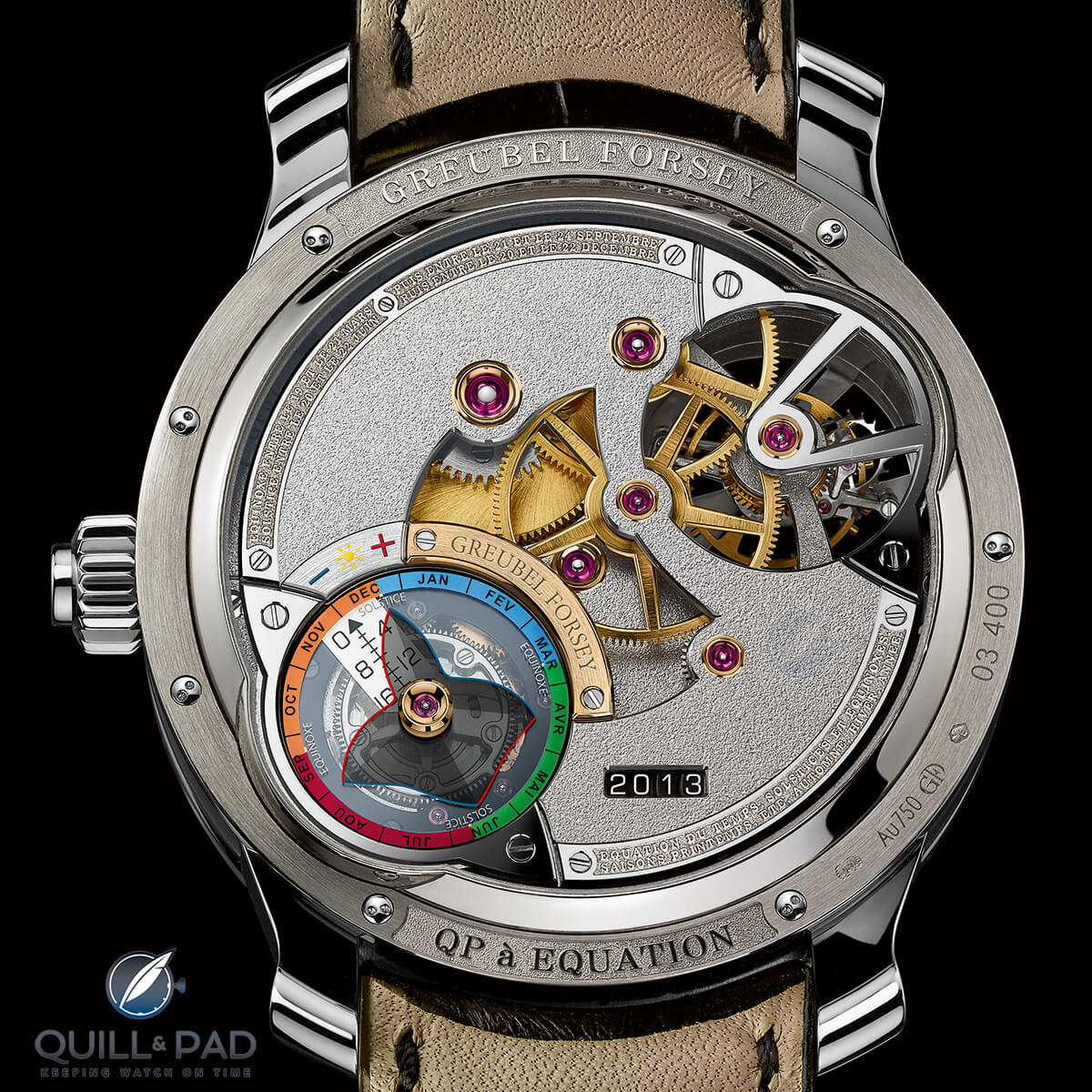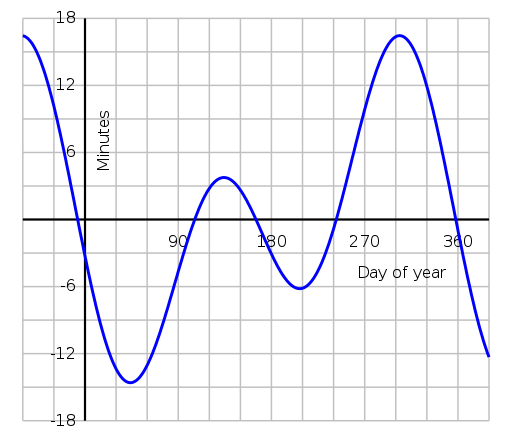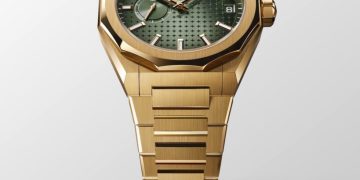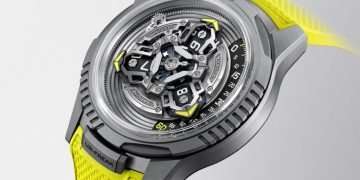Credits: Article and images by Ashton Tracy @ Quill & Pad. See the original article here - https://quillandpad.com/2024/10/31/equation-of-time-eot-what-is-it-and-whats-the-attraction-2/
—————————————————————————————————–
What is a mean (average) solar day?
The very simplest explanation of a mean solar day is the even division into 24 segments of 60 minutes, which themselves are made up of 60 seconds each, by the gears of a watch or clock.
During the course of a year, there are four times when mean solar time and true solar time correspond, meaning both comprise nearly exactly 24 hours. Those points occur in the months of March, June, September, and December.
All other days throughout the year are either longer or shorter with a maximum difference of (approximately) minus 16 minutes in early November to plus 14 minutes in February, with various times in between.

View through the display back of the Greubel Forsey Quantième Perpétuel à Équation: the equation of time ‘manta ray’ and display is at 8 o’clock with the four-digit year beside it, while the back of the 25-degree inclined 24-second tourbillon can be seen under the polished bridge at 2 o’clock
A brief history of the equation of time
As far back as the fifth century AD, humans observed that solar time was inaccurate throughout the year when compared with measurement against another time-keeping device.
Up to the sixteenth century, clocks were not generally accurate enough for this to be of any real concern, though.
In the mid-seventeenth century that all changed with the introduction of pendulums, better escapements, and watches equipped with balance springs.
Timekeepers were now satisfactorily accurate to determine the exact difference between true and mean time at various stages throughout the year.

This graph of the equation of time shows how far our mean solar time deviates ahead of and behind true solar time
Printed tables were produced that accurately stated the difference between the two for every day of the year. Early longcase clocks were commonly sold with these equation tables, allowing the owner to calculate the difference.
Next came equation clocks, which displayed true and mean solar time without the need for calculations.
In the year 1719 a letter published in the Philosophical Transactions of The Royal Society, volume 30, states a claim made by Joseph Williamson, watchmaker, in which he “asserts his right to the curious and useful invention of making clocks keep time with the sun’s apparent motion.”
In his letter, Williamson expresses his outrage stemming from his reading of a French publication in which the author claimed to have been “making clocks that agree with the sun’s apparent motion; and suppose that it was a thing never thought of by any before himself.”
Williamson’s clock displayed true solar time on the dial by using a cam that adjusted the length of the pendulum throughout the year, depending on the difference between solar and mean time.
Other notable makers of equation clocks include Thomas Tompion and Ferdinand Berthoud.
Due to the increase in accuracy of timekeeping, major cities around the world slowly began to adopt mean time as opposed to solar time as the standard in timekeeping: Geneva around 1780; England in 1792; and Berlin in 1810.
—————————————————————————————————–
Credits: Article and images by Ashton Tracy @ Quill & Pad. See the original article here - https://quillandpad.com/2024/10/31/equation-of-time-eot-what-is-it-and-whats-the-attraction-2/









